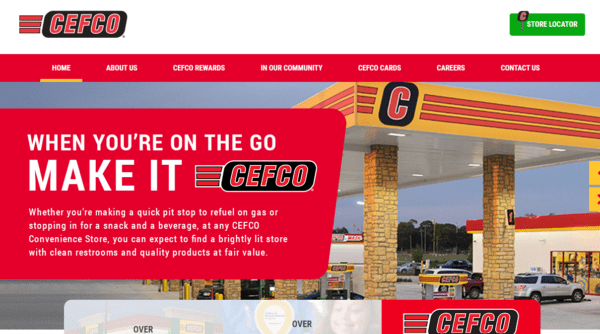#RICE23 VC Investors Reveal What Makes a Retail Startup Pitch-Perfect


While venture capital (VC) funding is not for every company in the retail industry, it is a vital lifeline for startups — one that can make the difference between success and failure, particularly for highly tech-dependent businesses. At the Retail Innovation Conference & Expo last week in Chicago, during the “Candid Conversations on What’s Next in Retail” panel discussion, four top VC players discussed what makes for a strong “pitch” to a VC, as well as the types of red flags that can quickly turn off the money spigot.
Positive #1: Multiple methods to acquire customers.
“I look for non-reliance on a single customer acquisition channel, along with virality and network effects — things that allow you to not rely solely on paid media,” said Smriti Jayaraman, VP at Corazon Capital. “There had been an overreliance on paid media from platforms like Facebook.”
“I’m looking for a 3X or greater growth rate at the beginning,” said Sonia Nagar, General Partner at Pritzker Group Capital. “I also care about the percentage of non-paid traffic in [a company’s] early days.”
Red flag #1: No plans for omnichannel.
“You can’t not be in stores; 90% of activity is still happening there” said Nagar. “I had invested in Dollar Shave Club [a pure-play DTC], but over the last 18 months, none of [our investments] have been pure plays. For the best companies, wholesale is the primary part of your business. I can’t think of any DTC companies north of $20 million in revenue that don’t have wholesale revenue.”
Positive #2: Companies that really know their customers.
“Are you talking to your customers? Who are your best customers, and can you find more of them?,” asked Rick Desai, Managing Partner at Listen Ventures. “Also, how many tests are you running? I want to know what hypotheses [you have] in the market. If you have a ‘dashboard’ like that, that’s interesting.”
At many early-stage companies, “they haven’t yet figured out [KPIs such as] repeat purchase rate; they don’t know the levers and the underlying behavior of consumers,” said Jayaraman.
“This even comes down to the [company’s] value proposition,” said Rose Hamilton, Founder and Principal Advisor at Compass Rose Ventures, who moderated the session. “If you haven’t talked to your customer in the last two years, things will have changed. I also want to know how they’re acquiring customers, as well as what their most efficient ways of getting the word out are.”
Red flag #2: Lack of a strong executive team.
“If the numbers are murky, that’s a red flag, and if someone hasn’t been good at hiring, that’s another one,” said Nagar. “To scale, you need to build a world-class team. You can make a great $50 million company outsourcing everything, but to build it to a billion-dollar company, you have to build a great team.”
“Another red flag is [executives] not recognizing roadblocks fast enough, or letting them just brew,” said Jayaraman. “Maybe it’s a bad hire or a problem with a product. [Startup executives need to recognize that] they have limited resources, and that time is a cost. They need to walk away from things that aren’t working.”
Positive #3: Solid unit economics and investment in infrastructure.
“For whatever reason, [some] businesses don’t invest in infrastructure out of the gate,” said Jayaraman. “That should be all set up [before a VC pitch]. The nitty-gritty matters more than ever before, and investors are talking about unit economics more than ever before. That’s not an indication of a down market but a correction back to where we should be. You need a line of sight to a strong, profitable business model.”
Those investments definitely should include AI. “Not investing in infrastructure for AI, cloud and analytics, or having creatives who use AI, [is a problem],” said Desai. “People with AI are going to beat those without it.”
Red flag #3: Overselling your company.
“One common mistake people make is, not misrepresenting data but overstating your metrics,” said Desai. “That might be a customer lifetime value figure with aggressive assumptions. I like conservative assumptions. Also, sloppiness is a red flag. The best CEOs are the ones that are mitigating risk, and if you’re not organized, it’s really hard to do that.”
Bonus Pro Tip: Stay in communication with a VC even if they have passed on your pitch.
“I love when companies that we’ve passed on send me updates of their highlights and lowlights,” said Desai. “They might report to me that they’ve overcome the 17 things that I saw as negatives. [Staying in touch] means they’ve done exactly what they said they would do: build relationships.”











